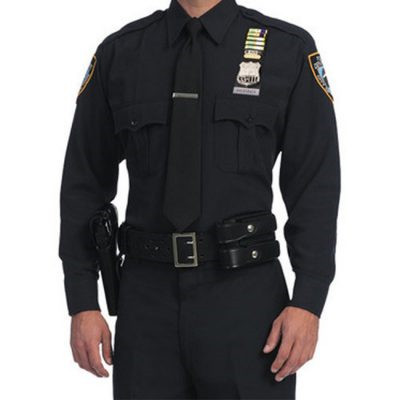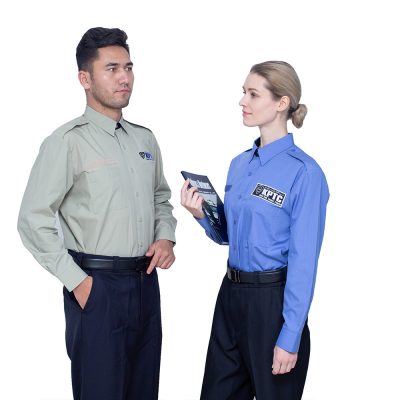Staff uniforms hold varying cultural significance across different industries and sectors. Here’s a look at how uniforms are culturally meaningful in specific industries:
1. Hospitality and Service Industry:
- Uniforms in hotels, restaurants, and other service-oriented businesses signify professionalism, cleanliness, and a commitment to customer satisfaction.
- Uniforms often reflect the brand’s image and help create a consistent experience for guests.
- In luxury establishments, uniforms may convey a sense of elegance and sophistication.
2. Healthcare and Medical Industry:
- In healthcare settings, uniforms help identify different roles and departments, promoting efficient communication and patient care.
- Medical uniforms symbolize expertise, trustworthiness, and hygiene, providing reassurance to patients.
- The color and style of medical uniforms can denote hierarchy and specialization.
3. Aviation and Transportation Industry:
- Airline uniforms emphasize safety, authority, and efficiency. Pilots and flight attendants wear uniforms that command respect and convey a sense of responsibility.
- Uniforms also help create a professional and organized appearance that enhances passengers’ trust and confidence.
4. Military and Law Enforcement:
- Military and law enforcement uniforms represent discipline, authority, and a commitment to protecting the public and upholding the law.
- Uniforms help maintain a sense of unity and solidarity among personnel and create a clear distinction between those in uniform and civilians.
5. Sports and Athletics Industry:
- Sports uniforms represent team identity, loyalty, and a shared goal. They foster a sense of camaraderie among teammates and help fans identify players.
- Uniforms can evoke a sense of pride and motivation, contributing to athletes’ performance.
6. Retail Industry:
- Retail uniforms may vary based on the brand’s image, from formal attire in high-end stores to more casual wear in department stores.
- Uniforms in retail communicate professionalism, approachability, and brand alignment.
7. Manufacturing and Industrial Sector:
- In industrial settings, uniforms often serve safety and practical purposes, such as protecting workers from hazards or identifying individuals with specific roles.
- Uniforms can contribute to a sense of unity and teamwork among workers.
8. Education Sector:
- School uniforms promote a sense of equality, discipline, and belonging among students. They minimize distinctions based on socioeconomic status and foster a focused learning environment.
- Uniforms for teachers and staff in educational institutions convey professionalism and authority.
9. Entertainment Industry:
- Performers, such as musicians and dancers, wear costumes that reflect the artistic theme of a production and help transport audiences to different worlds.
- Uniforms in entertainment are designed to captivate and engage, contributing to the overall experience.
The cultural significance of staff uniforms can vary even within these industries based on regional norms, company values, and evolving fashion trends. Uniforms often reflect the values and aspirations of the organization while serving practical and symbolic purposes that contribute to a cohesive workplace culture and customer perception.

































